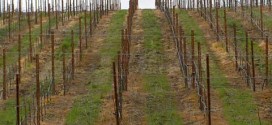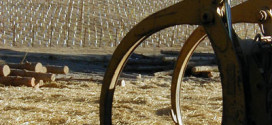Associated with development and increased agriculture, some north coast river systems, such as the Navarro, are seeing increasing withdrawal of water, both directly from the stream and from groundwater sources connected to streams, for human uses. Water withdrawals pose a chronic disturbance to streams and aquatic habitat. Such withdrawals can result in lowered summer stream flows that impede the movement of salmonids and reduce important habitat elements such as pools. Further, the withdrawals can contribute to elevated stream water temperatures that are harmful to salmonids.
Key questions for landowners, agencies, and other stakeholders revolve around whether the trends toward stream recovery will continue at their current rates, and whether those rates will be adequate to allow salmonids to recover their populations in an acceptable timeframe. Clearly, the potential exists for new impacts from both human activities and natural disturbance processes to compromise recovery rates to a degree that threatens future salmonid recovery.
To predict those cumulative effects will likely require additional site-specific information on sediment generation and delivery rates and additional risk analyses of other major disturbances. Also, our discussion here does not address marine influences on anadromous salmonid populations. While these important influences are outside of the scope of NCWAP, we recognize their importance for sustainable salmonid populations and acknowledge that good quality freshwater habitat alone is not adequate to ensure sustainability…
Reference
Klamt, Robert R., C. LeDoux-Bloom, J. Clements, M. Fuller , D. Morse, and M. Scruggs (multidisciplinary team leads). 2002. Gualala River Watershed Assessment Report. North Coast Watershed Assessment Program, 367pp plus Appendices. California Resources Agency, and California Environmental Protection Agency, Sacramento, California.
See: Gualala River Watershed Assessment Report.
 Friends of Gualala River Protecting the Gualala River watershed and the species living within it
Friends of Gualala River Protecting the Gualala River watershed and the species living within it


